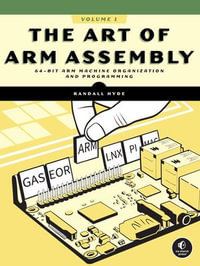
eTEXT
Authoring Tools for Advanced Technology Learning Environments
Toward Cost-Effective Adaptive, Interactive and Intelligent Educational Software
By: T. Murray, ?S. Blessing, ?S. Ainsworth
eText | 18 April 2013 | Edition Number 1
At a Glance
eText
$319.00
or
Instant online reading in your Booktopia eTextbook Library *
Read online on
Desktop
Tablet
Mobile
Not downloadable to your eReader or an app
Why choose an eTextbook?
Instant Access *
Purchase and read your book immediately
Read Aloud
Listen and follow along as Bookshelf reads to you
Study Tools
Built-in study tools like highlights and more
* eTextbooks are not downloadable to your eReader or an app and can be accessed via web browsers only. You must be connected to the internet and have no technical issues with your device or browser that could prevent the eTextbook from operating.
ISBN: 9789401708197
ISBN-10: 9401708193
Published: 18th April 2013
Format: PDF
Language: English
Publisher: Springer Nature
Edition Number: 1
You Can Find This eBook In
This product is categorised by
- Non-FictionEducationEducation Equipment & Technology
- Non-FictionComputing & I.T.Computer ScienceArtificial Intelligence
- Non-FictionComputing & I.T.Operating Systems
- Non-FictionComputing & I.T.Graphical & Digital Media Applications
- Non-FictionComputing & I.T.Business Applications
- Non-FictionComputing & I.T.Computer ScienceHuman-Computer Interaction























